A Gardiner
The application of sacral nerve stimulation to the disrupted anal sphincter
Gardiner, A; Duthie, Graeme
Authors
Graeme Duthie
Abstract
Background Sacral nerve stimulation has been successfully used in the treatment of faecalincontinence. It has been applied to patients with intact anal sphincters. We have assessed20 patients with either an external sphincter defect or combined EAS and IAS defect. 10patients underwent temporary stimulation alone, with the remaining 10 (5 of which failedsurgical repairs) undergoing both temporary followed by permanent stimuli. Method Preand post stimulus faecal incontinence scoring systems and quality of life assessments werecollected on patients with sphincter defects undergoing sacral nerve stimulation. Patientswere also required to complete bowel and urinary function diaries both pre and post stimulifor temporary stimulus, and for 4 weeks post permanent stimulus. Results The Wexnerfaecal incontinence scale was found to have significantly reduced in all cases with thetemporary stimulus, mean reduction of 11, (range 3 - 15). For permanent stimuli, the meanreduction was 12, (range 0 - 18). Wexner score improved in all patients, as did quality oflife indices. Conclusions Sacral nerve stimulation can be successfully applied to patientswith anal sphincter defects. In view of the acknowledged poor outcomes following anteriorsphincter repair consideration should be given to using SNS as a primary treatment forintractable incontinence.
Citation
Gardiner, A., & Duthie, G. The application of sacral nerve stimulation to the disrupted anal sphincter
| Presentation Conference Type | Conference Abstract |
|---|---|
| Acceptance Date | Apr 30, 2004 |
| Publication Date | Apr 30, 2004 |
| Journal | GASTROENTEROLOGY |
| Print ISSN | 0016-5085 |
| Publisher | Elsevier |
| Peer Reviewed | Peer Reviewed |
| Volume | 126 |
| Issue | 4 |
| Pages | A361 - A361 |
| Public URL | https://hull-repository.worktribe.com/output/409627 |
You might also like
Quality assurance in flexible sigmoidoscopy: Medical and nonmedical endoscopists
(2009)
Journal Article
Downloadable Citations
About Repository@Hull
Administrator e-mail: repository@hull.ac.uk
This application uses the following open-source libraries:
SheetJS Community Edition
Apache License Version 2.0 (http://www.apache.org/licenses/)
PDF.js
Apache License Version 2.0 (http://www.apache.org/licenses/)
Font Awesome
SIL OFL 1.1 (http://scripts.sil.org/OFL)
MIT License (http://opensource.org/licenses/mit-license.html)
CC BY 3.0 ( http://creativecommons.org/licenses/by/3.0/)
Powered by Worktribe © 2025
Advanced Search
